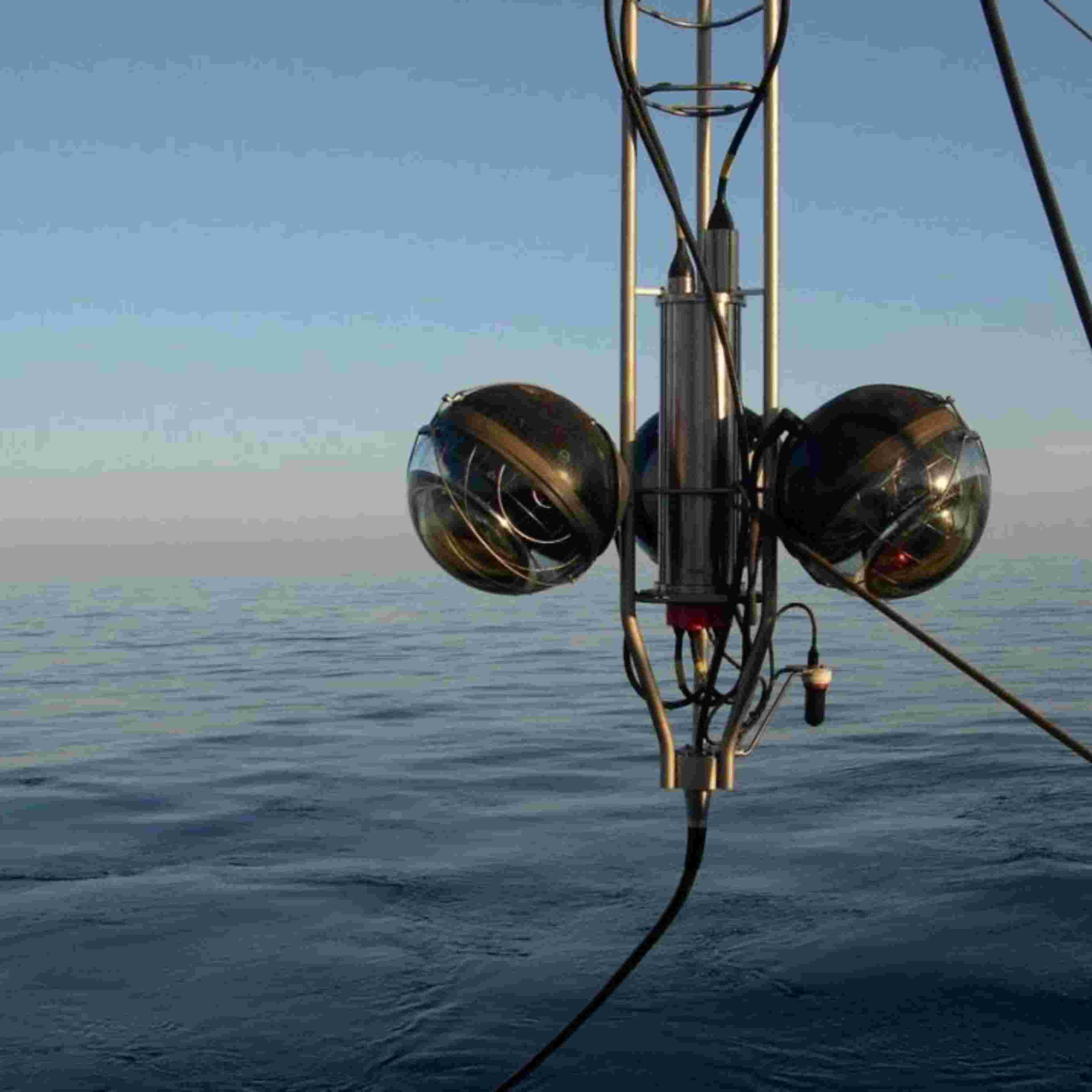

The Search for Galactic Neutrinos
This episode explores the final results from the ANTARES neutrino telescope, which operated in the Mediterranean Sea off the coast of Toulon, France. Researchers analyzed the full, 15-year dataset (2007–2022) to search for diffuse Galactic neutrinos. These neutrinos are produced when cosmic rays (CRs) interact with interstellar matter (gas and radiation fields) in the Milky Way. Understanding this diffuse flux is key to deciphering cosmic ray transport mechanisms.
Testing Theoretical Models
The study utilized an unbinned maximum likelihood analysis to test several phenomenological models of neutrino emission, including KRA$\gamma$ models, DiffUSE, CRINGE, and Fermi-LAT $\pi^0$. These models incorporate different assumptions about CR diffusion and source distribution. ANTARES used three data samples—one track-like and two shower-like—and its location and use of water provided superior angular resolution compared to other detectors, making it well-suited for observing the central Milky Way. Furthermore, the shower-like events extended the analysis down to the hundreds of GeV energy range.
Results: Constraints and Clues
While the ANTARES low statistics dataset did not allow for a significant discovery, the analysis placed **upper limits** on the diffuse neutrino flux that are compatible with results obtained by other experiments.
This analysis methodology, which carefully preserves the spatial-energy correlation of the templates and convolves them with detector response, is promising for testing Galactic diffuse emission models with larger future datasets, such as those from KM3NeT.
Article Reference
Search for Diffuse Galactic Neutrinos with the Full ANTARES Telescope Dataset, ANTARES Collaboration et al. (A. Albert, S. Alves, M. André, et al.); preprint, 2511.01687
Acknowledements: Podcast prepared with Google/NotebookLM. Illustration credits: CEA/Irfu